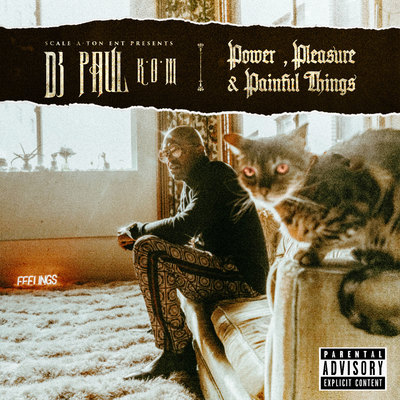

Already a convicted felon, Sigel’s conviction would most likely signal the end to his burgeoning career.ĭespite its legal problems, State Property, which also features Freeway, Young Chris, and Sparks, managed to stay together long enough to produce a strong follow-up to their self-titled debut album. Group leader Beanie Sigel, whose solo albums The Truth and The Reason have received uniform praise from critics and fans, is currently in jail without bail on separate gun and attempted murder charges. Oschino and Peedi Crakk have only recently been released from jail. Neef, one half of the Young Guns, whose radio hit “Can’t Stop Won’t Stop” is the first single released from the Chain Gang album, was arrested in May on gun charges.
#Beanie sigel the reason zippy full#
At the time of this writing, the group, a virtual seven man all-star team of Philadelphia MCs, is in grave danger of realizing the full potential of its name and becoming full-time members of the prison industrial complex.

State Property, whose latest album Chain Gang was released on August 12, is quickly becoming another example of the frequently tragic intersection between hip-hop art and life. Fifty Cent, the current heir apparent to Tupac’s thug stardom, is marketed as much for his gunfight survival as for his lyrical prowess. It was not until Tupac’s “thug life” period that he began to receive the street credibility and eventual legend status that he continues to garner nearly seven years after his violent death. Tupac, the patron saint of ghetto authenticity, provides an extraordinary example of this phenomenon. Suddenly, a “real” rapper (as opposed to the “studio gangster”) was one who was willing to participate in the most pernicious aspects of street life. To be “real” no longer meant to simply talk about the realities of the ‘hood. Unfortunately, these works also raised the stakes with respect to the assertion and validation of realness. These masterpieces, which rank among the greatest in hip-hop history, demonstrated the power and beauty of hip-hop as a window into the ghetto quotidian. Dre’s The Chronic, three classic exemplars of critical ghetto ethnography, provided listeners with access to the underside of post-industrial urban American life, foregrounding “the real” through the telling of ghetto-centric narratives. NWA’s Straight Outta Compton, Snoop Dogg’s Doggystyle, and Dr.

It is this construction of realness that has contributed to hip-hop’s greatest and most tragic moments.įrom an artistic perspective, the hip-hop generation’s preoccupation with realness has resulted in the creation of some the most powerful and influential contributions to American music in the past twenty five years.

Rather, to be truly “real” in the hip-hop context requires a particular lived response to one’s music, which is also crosschecked against a narrow rubric of ghetto experience. After all, if “keepin’ it real” were merely about the existence of a one-to-one relationship between lyrical content and lived experience, we would undoubtedly consider MC Hammer or Will Smith to be among the realest MCs on the planet. To be clear, the notion of keepin’ it real extends beyond the soul and pre-soul values of honesty and artistic integrity, which have been part and parcel of African American music since its inception. This mantra has been the shibboleth of the hip-hop community since gangster rap supplanted the political rap movement of the early 1990s.


 0 kommentar(er)
0 kommentar(er)
